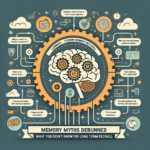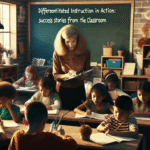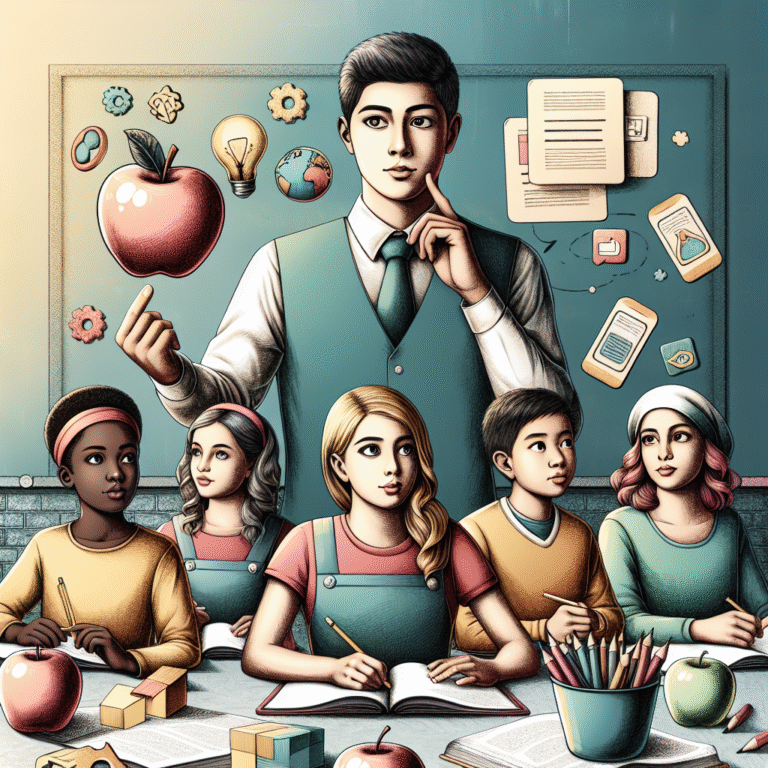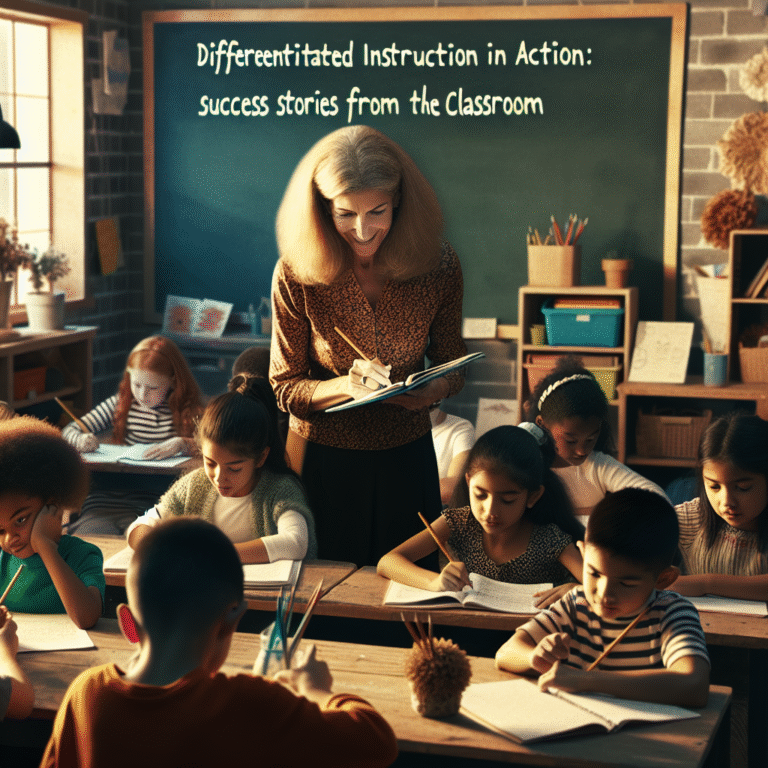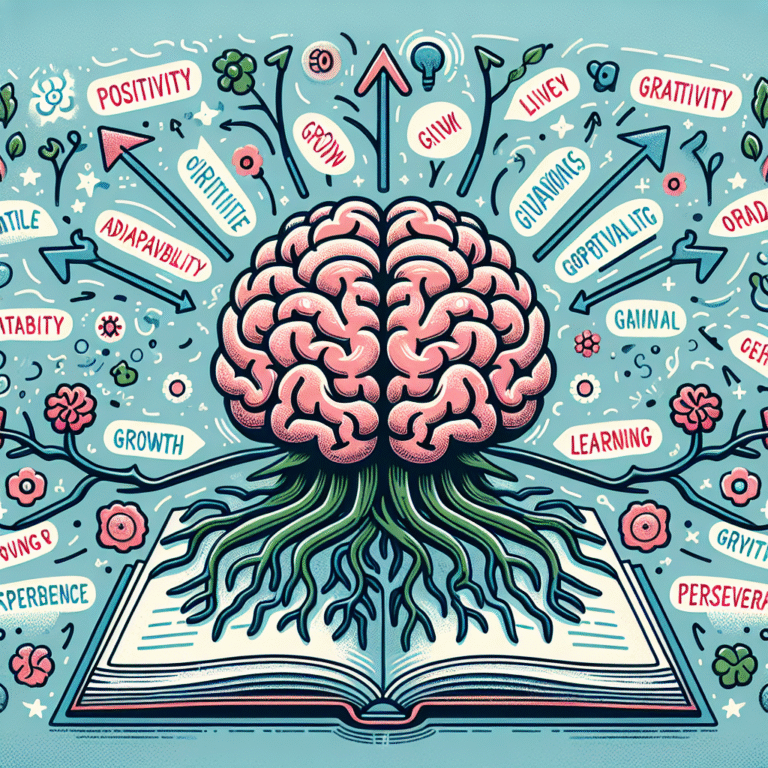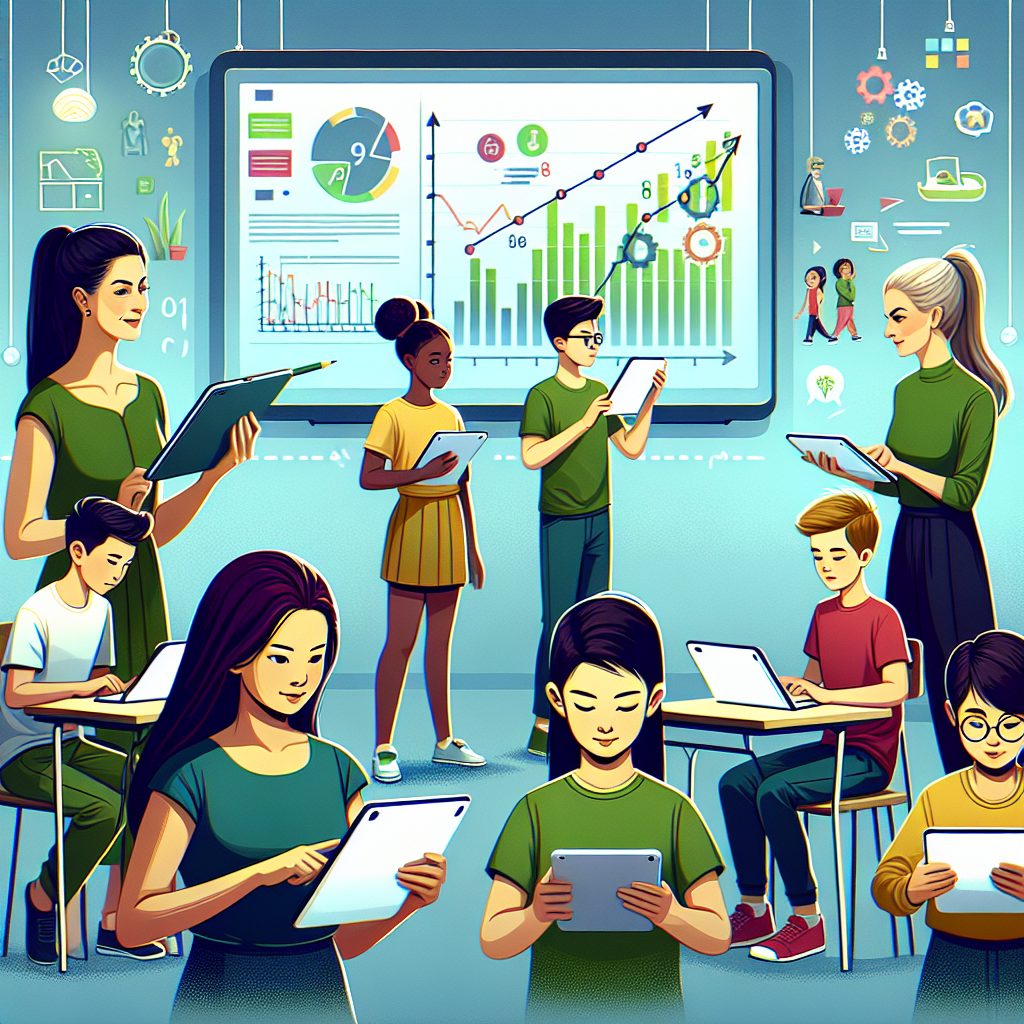
Introduction
Imagine a classroom buzzing with enthusiasm where students eagerly await feedback on their work—not days later, but in real time. Picture educators equipped with strategies that allow them to adjust instruction dynamically, boosting student engagement and understanding. This is not merely an ideal; it is the practical reality that Real-Time Feedback: Transforming Learning Through Formative Assessment can create in educational settings.
In an age where individualized learning is paramount, real-time feedback has emerged as a critical component. This article delves deep into how formative assessments foster an environment where learning is not just assessed but actively transformed. With real-life case studies, practical insights, and actionable takeaways, we’ll explore how educational institutions can harness this powerful tool.
The Concept of Real-Time Feedback
Understanding Formative Assessment
Formative assessment refers to a range of evaluative processes utilized to monitor student learning and provide ongoing feedback. Unlike summative assessments, which evaluate student learning at the end of an instructional unit, formative assessments occur during the learning process. This means feedback is immediate—real-time—and designed to inform both students and educators.
Why Real-Time Feedback Matters
Real-time feedback provides an opportunity for students to understand their learning gaps, make timely adjustments, and enhance their overall grasp of subject matter. According to research, timely feedback can increase student performance significantly. Not only does it boost academic achievement, but it also fosters an environment where students take ownership of their learning.
The Mechanics of Real-Time Feedback
Methods of Implementation
There are several methods educators can use to implement real-time feedback effectively:
Instant Polling Tools: Platforms like Kahoot! and Mentimeter allow teachers to gauge student understanding instantaneously.
Digital Platforms: Tools such as Google Classroom and Microsoft Teams illustrate student progress and highlight areas needing attention.
Peer Feedback: Encouraging students to provide and receive peer feedback fosters a collaborative learning environment.
- Classroom Observations: Real-time observations can highlight areas needing immediate intervention or support.
Table 1: Comparison of Real-Time Feedback Methods
| Method | Advantages | Disadvantages |
|---|---|---|
| Instant Polling Tools | Engages students, quick data collection | May not provide deep insights |
| Digital Platforms | Comprehensive data tracking | Requires digital literacy |
| Peer Feedback | Fosters collaboration | Dependent on peer competence |
| Classroom Observations | Immediate adjustment possibilities | Time-consuming, can disrupt lessons |
Case Studies: Real-World Applications
Case Study 1: Increasing Engagement through Digital Tools
At Jefferson High School, educators adopted a formative feedback model using online platforms. They started using Google Forms to create quick quizzes that provide instant feedback. Within weeks, student engagement levels soared. Teachers reported a 30% increase in participation during discussions following immediate feedback sessions, leading to improved academic performance.
Analysis: This case underscores how technology can bridge the gap in real-time feedback, transforming student engagement and learning outcomes.
Case Study 2: Peer Feedback in Action
In an elementary school in Oregon, a teacher implemented a peer feedback system where students critiqued each other’s writing assignments. Initially met with skepticism, students quickly recognized the value in each other’s perspectives. Over time, not only did their writing improve, but so did their ability to articulate constructive feedback.
Analysis: This highlights the dual benefits of peer feedback—enhancing not only the work of the recipient but also cultivating critical thinking and communication skills in the evaluator.
Case Study 3: Instant Polling Impacting Classroom Dynamics
At a tech-focused university in California, professors integrated instant polling during lectures using tools like Poll Everywhere. By asking questions related to lecture material, they received real-time insights into student comprehension. The immediate data allowed instructors to adjust their teaching on-the-fly, leading to meaningful classroom discussions and deeper understanding.
Analysis: This demonstrates how instantaneous data collection can refine teaching methodologies, aligning educational practices with student needs.
Challenges and Solutions
While the benefits of Real-Time Feedback: Transforming Learning Through Formative Assessment are numerous, challenges persist in its implementation. Educators may face barriers such as:
Resistance to Change: Many educators may feel apprehensive about adopting new technologies or teaching methods.
- Resource Limitations: Not all institutions have access to the necessary tools or training to implement real-time feedback strategies effectively.
Solutions to Overcome Barriers
Professional Development: Ongoing training can ease the transition and build confidence among educators regarding new methods.
Pilot Programs: Start small; implement a single real-time feedback tool in one classroom before scaling it across the institution.
- Community Engagement: Involve parents and the wider community to understand and support the changes in assessment strategies.
Creating an Effective Real-Time Feedback Culture
Building Trust Among Stakeholders
Creating a culture that embraces real-time feedback requires trust among students, educators, and parents. Open communication is essential; students should feel safe to provide honest feedback to their peers and instructors. Educators can facilitate this by modeling vulnerability—showing their learning process and welcoming constructive criticism.
Emphasizing Continuous Improvement
Real-time feedback should function not as a judgment but as a tool for continuous improvement. Set clear learning goals and demonstrate how feedback contributes to achieving these objectives.
Celebrating Small Wins
Recognizing and celebrating small achievements can further motivate students. When constructive feedback leads to visible improvement, acknowledging these triumphs can create a sense of accomplishment and encourage students to embrace the feedback loop.
Conclusion
Real-Time Feedback: Transforming Learning Through Formative Assessment is more than an educational strategy; it is a paradigm shift. By leveraging technology and fostering a culture of continuous improvement, educators can enhance student engagement, promote deeper learning, and ultimately prepare students for success.
As we move into an era where personalized education is key, these tools empower both students and teachers to adapt, learn, and grow together. Embrace real-time feedback as a transformative path to enriching educational experiences.
FAQs
1. What is formative assessment?
Formative assessment is an evaluative process used to monitor student learning and provide ongoing feedback—allowing for real-time adjustments to improve learning outcomes.
2. How can I implement real-time feedback in my classroom?
You can use instant polling tools, digital platforms, peer feedback systems, and classroom observations to provide immediate feedback to students.
3. What are the benefits of real-time feedback?
Real-time feedback increases student engagement, fosters a collaborative learning environment, and enhances academic performance through continuous learning adjustments.
4. Can real-time feedback work in remote or hybrid learning environments?
Absolutely! Many digital tools support real-time feedback, making it easily applicable in online or hybrid classrooms.
5. What challenges might I face when implementing real-time feedback?
Challenges may include resistance to change, limited resources, or lack of training. However, these can be mitigated through professional development and pilot programs.
In embracing Real-Time Feedback: Transforming Learning Through Formative Assessment, you can unlock a future brimming with endless educational possibilities. Welcome this shift and inspire your students to thrive and succeed in their learning journeys!


